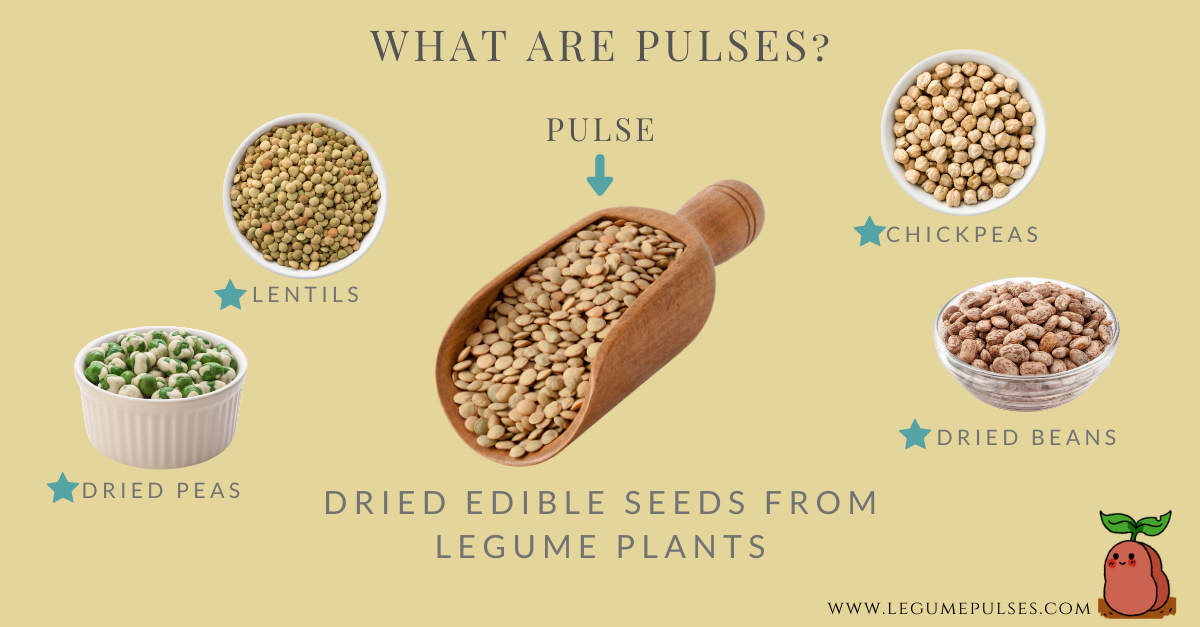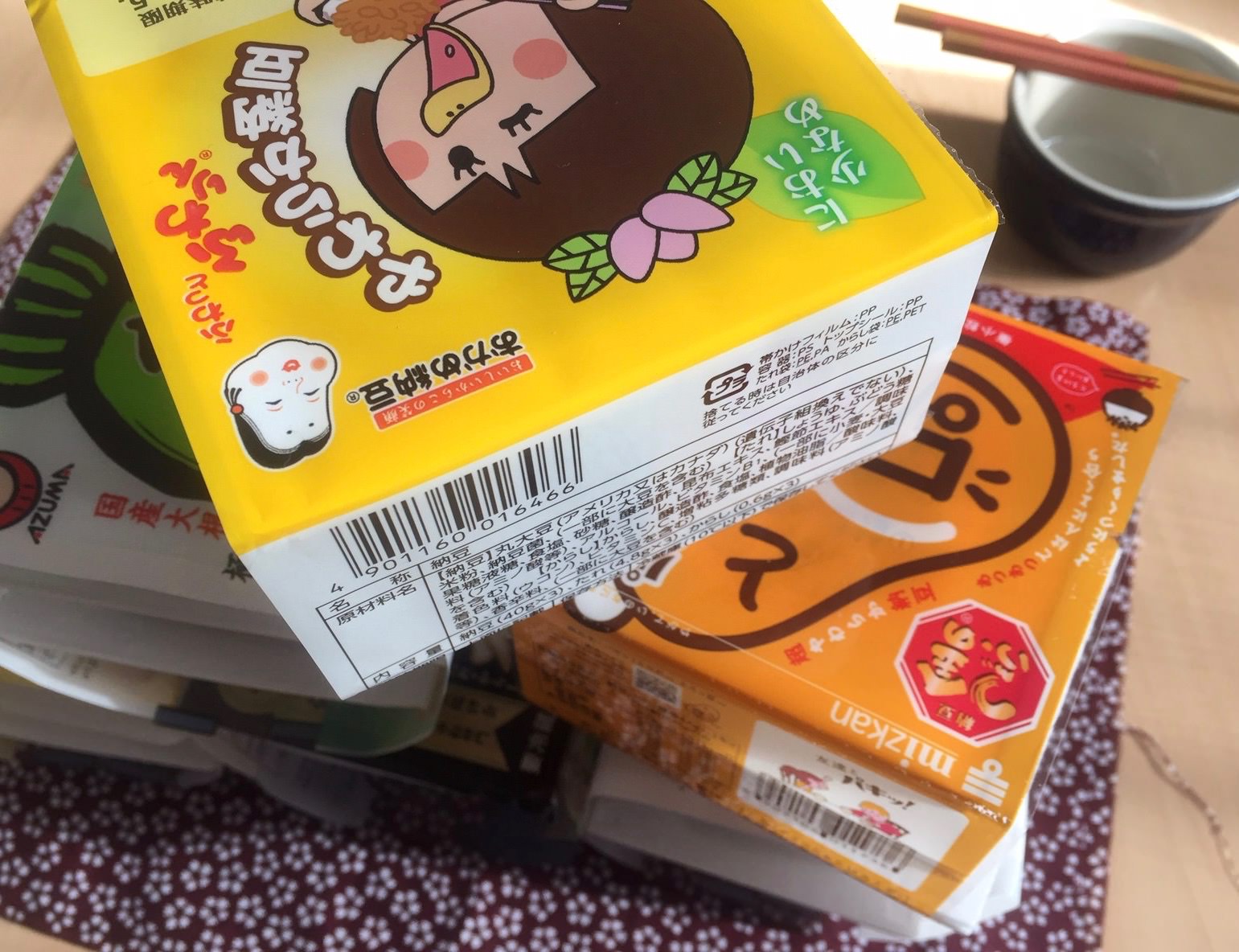What are Pulses?
What are pulses?
So pulses are dried seeds from legume plants. This sounds difficult. But just think of dried beans, peas and those lentils your grandmother used when making vegetable soup. Yes, these are pulses. And today pulses are used curries, salads, and even dips. There are thousands of different varieties but they all come from one family of plants commonly known as legumes. If you want to see some examples of Legumes just click the link below. Otherwise, let's learn more.

Are Legumes pulses?
Pulses are part of the legume family but they refer only to the dry edible seed contained within the pod. Such as dry peas and beans. Think of legumes as the entire fruit. If you want some visual examples of the differences between legumes and pulses, just click the link below

Are pulses, fruits or vegetables?
From a botanical point of view, pulses are classified as fruits. Because seeds are protected inside a pod. This is similar to how seeds are protected inside fruits such are lemons and oranges. But remember pumpkins and tomatoes are also classified as fruits.

Types of pulses
Why eat pulses?
Pulses provide soil sustainability and food security to countries prone to drought. Pulses are a wholesome food choice, packed full of protein, fiber, and carbohydrates. Liven up any salad and make hearty soups. Pulses are easy to prepare and nutritious. But most importantly, they're tasty.

How are pulses used in cooking?
Pulses are extremely versatile and can be used in all kinds of recipes. You can use them for stews, soups, spreads, dips, and even desserts. You can also swap them out with other ingredients in your recipes to amp up the flavor and nutrition. Pulses are a cheaper alternative to red meat. And, they are a great stand-in for meat. Combined with the right seasonings, pulses are used to make tasty vegetarian burgers.





